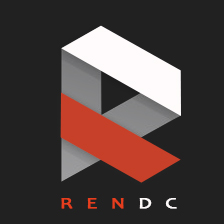XHTML stands for Extensible Hyper-Text Markup Language. XHTML is a scripting language that authors can use to embed text tags into a text document to add structural and formatting information.
More precisely, XHTML gives authors the means to:
► Publish online documents with headings, text, tables, lists, photos, etc.
► Retrieve online information via hypertext links, at the click of a button.
► Design forms for conducting transactions with remote services, for use in searching for information, making reservations, ordering products, etc.
► Include spread-sheets, video clips, sound clips, and other applications directly in their documents.


